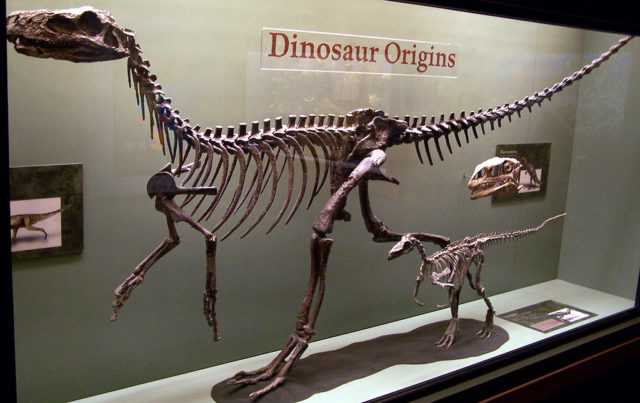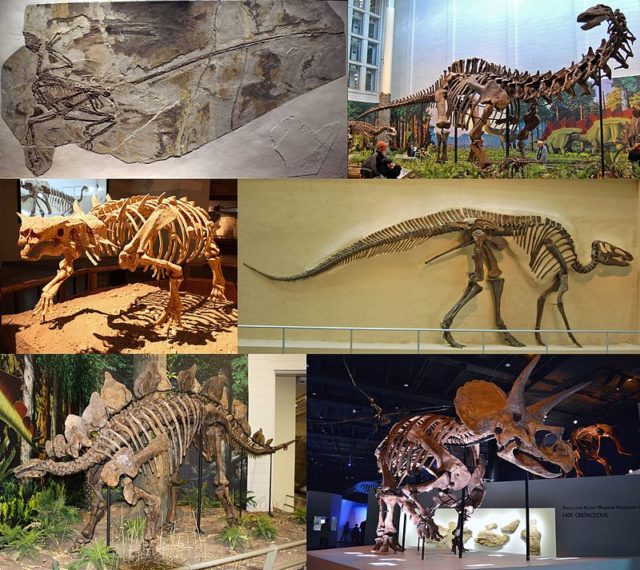Scientists have uncovered fossils of a new dinosaur species called Sibirosaurus, a 66-foot-long giant that could stand on its hind legs. The new class of large dinosaur, which existed 100 million years ago, is thought to have belonged to a group that contained some of the biggest to roam the earth. Connected to the Titanosaur, its fossils have been found near the Kenerevo River in Russia over the past few years.
It’s anticipated that the Siberian investigators will publish a full report in the science journals within the coming months, when the find will be granted its official Latin title. For now, a few facts about the world’s newest dinosaur have been released.

This vast herbivore was an adult and weighed about 50 tons. It is not clear whether this specimen was female or male, but it was around 20 meters long. It roamed around Siberia during the Early Cretaceous Period, about 100 million years ago. The remnants were discovered within a dinosaur graveyard located on the banks of the River Kiya close to the village of Shestakovo.
The initial discovery of the skeleton was made in 2008. Yet it has taken about eight years to remove the fossils from the cliff within the Kemerovo region. The prize appears highly important – confirming a new species of dinosaur.

The vast dinosaur is partly reconstructed within Tomsk, even though scientists are not yet ready to display their complete work to the world. A model is being created to show what it would have looked like.
Paleontologists knew right away they had discovered bones of a vast herbivorous dinosaur, yet as the remains were stuck inside blocks of sandstone, it took them years to excavate them.
The scientists view their finding as a new member of the Titanosaurs, a group of enormous plant-eating sauropods. They argue that the skeleton is nothing like anything before noted. It is said that the Sibirosaurus was able to walk on its hind legs, using its tail as support so it could reach the higher branches of trees. To be able to do this, the animal required a more mobile rear section of the spine. Uniquely, the dinosaur’s sacral ribs were placed in a star-shaped form and moved towards the center, with no joint located on the vertebral neural arch.
The scientists have joined the huge bones that at one time made up the animal’s sacrum. The shoulder blades and neck vertebrae were as well assembled from aggregate pieces. A sculptor is working on the best-preserved fragment of the dinosaur so that it may be displayed to the public.
Sauropods were a class of vast, four-legged, herbivorous dinosaurs. They had blunt teeth, small heads, small brains, and long necks. Their extended tails counter-balanced their massive necks. They had vast intestines, needed for the digestion of huge amounts of plant matter. They walked around slowly on four thick, short, five-toed legs. Their nostrils were close to the eyes, located on the upper parts of their skulls.
